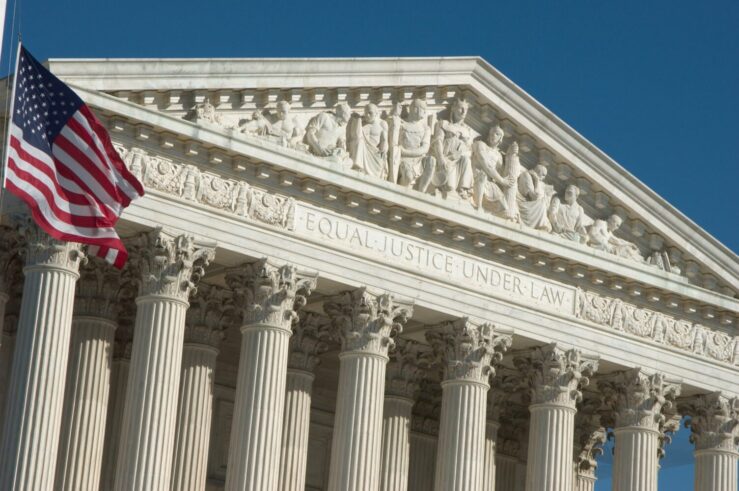The NY Times (HT: Danny Sokol) decided to run an editorial blasts the DOJ’s Section 2 Report, asserting that the “antitrust division is supposed to be the agency looking out for the interests of American consumers, not big companies — a role it has clearly forgotten over the last eight years” citing the familiar bullet points (e.g. “Throughout the entire Bush administration, it has not brought a single case against a dominant firm for anticompetitive behavior and “it has argued enthusiastically on behalf of monopolists before the Supreme Court”). Its a superficial treatment of the issues at best (see here or here for my views and some links to others). Here’s the best line:
The new doctrine bends over backward to protect big firms from accusations of anticompetitive behavior. It requires proof that the harm done by a monopolist’s actions — say, bundling new applications into a computer operating system to keep rival software makers out — be “disproportionately” greater than the potential gains to consumers.
Yes, how dare those deregulatory radicals over at Justice!? Demanding that, consistent with the last 40 years of economic knowledge in antitrust economics and industrial organization more generally, we require proof that conduct actually harms competition rather than infer it from firm size. Who needs proof anyway? Radical indeed.




